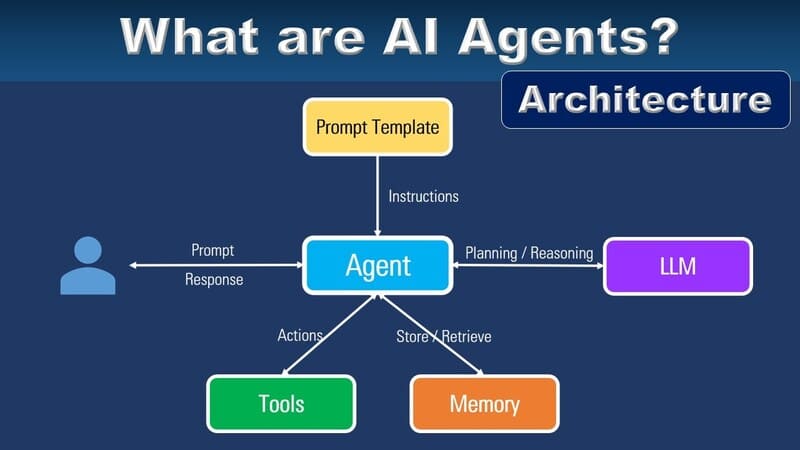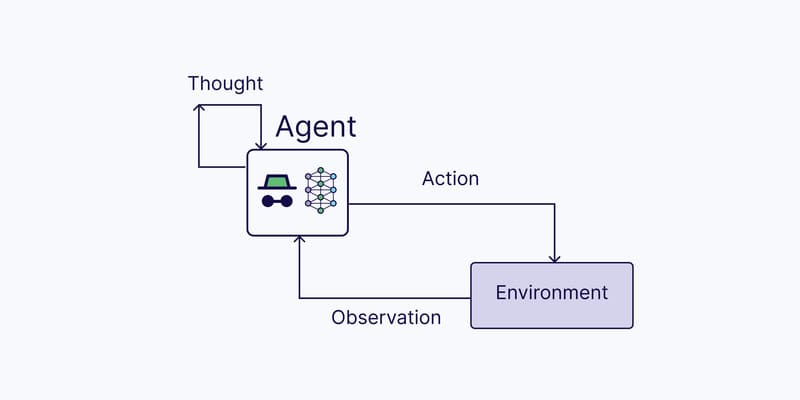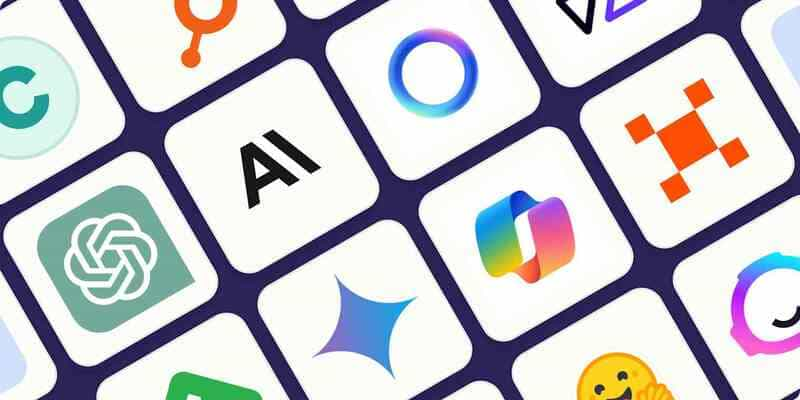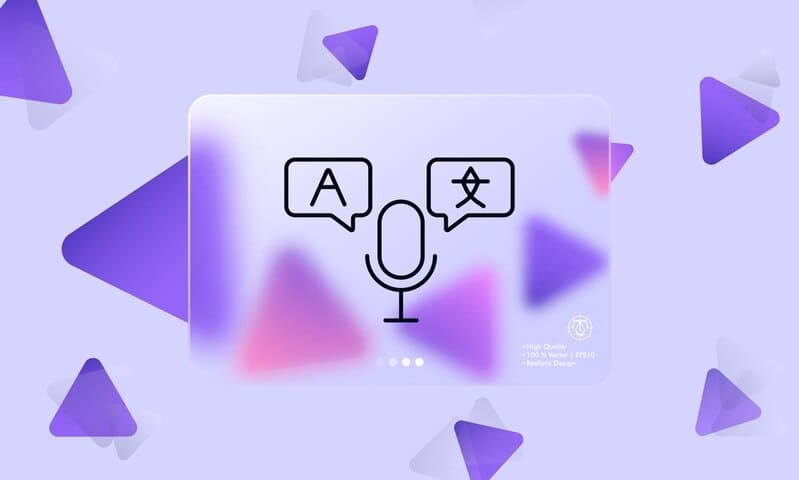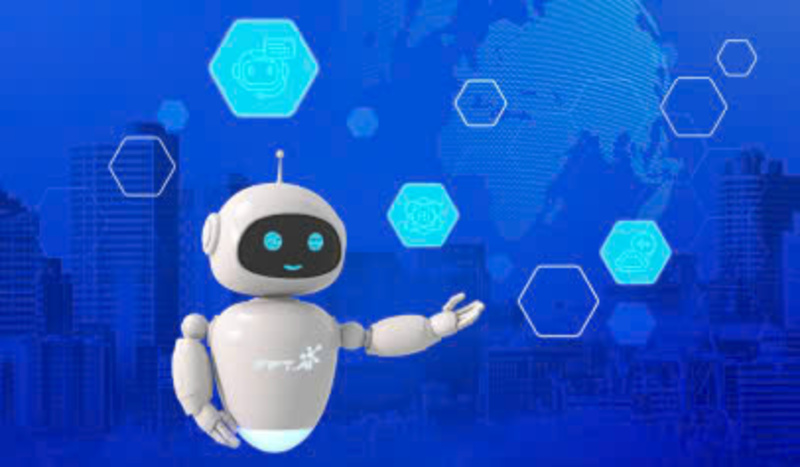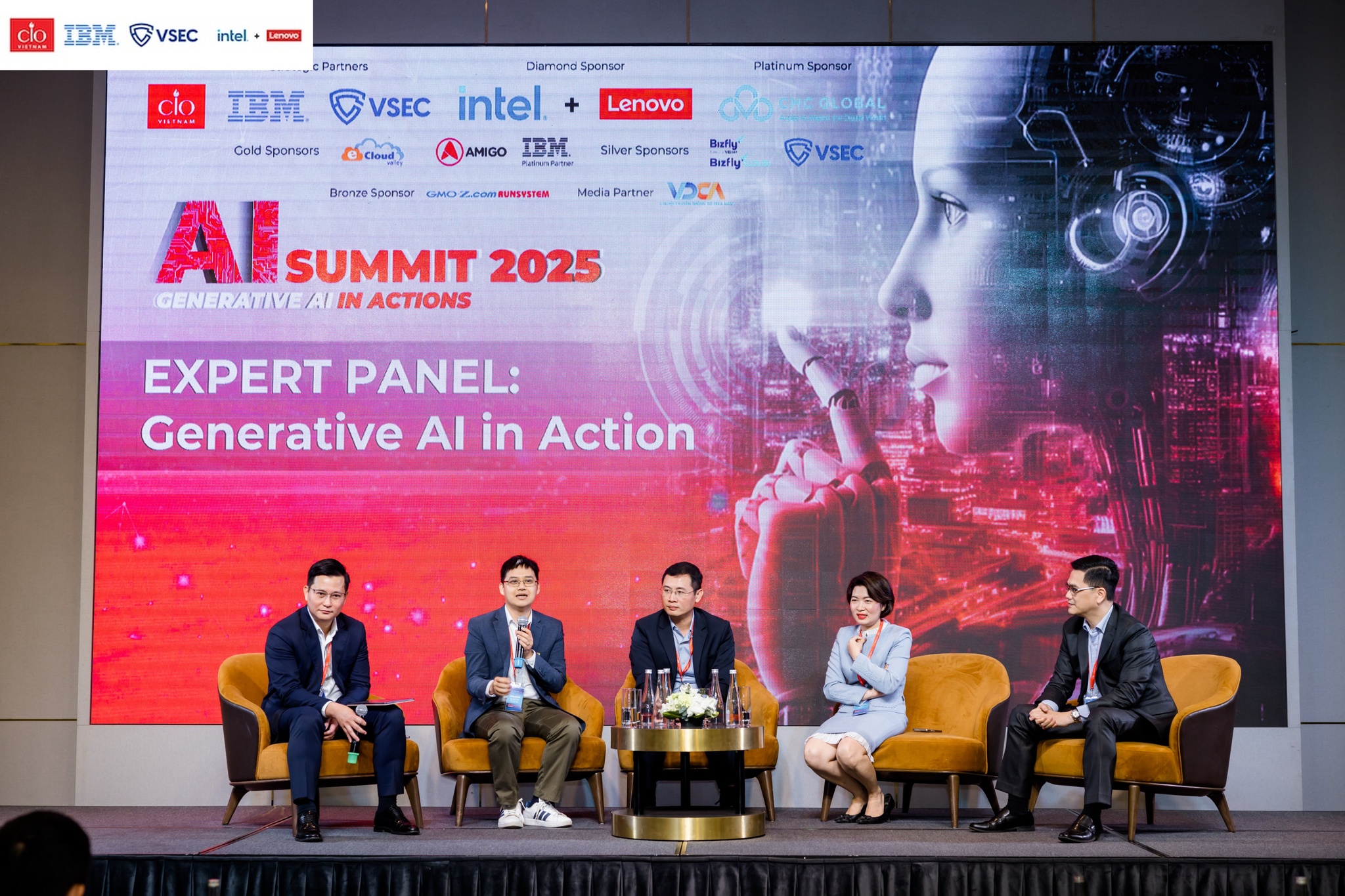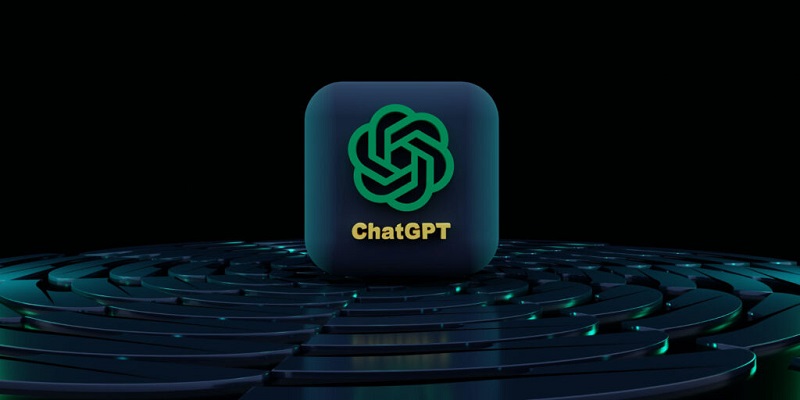Building and training AI Agents is the process of training them to understand human language, thereby responding to and performing tasks better and more efficiently. What conditions does this process require and how to build an AI Agent for businesses? Let’s explore with FPT.AI!
What are AI Agents?
AI Agents are computer programs designed to help people automatically perform everyday tasks, such as managing emails and scheduling appointments, setting reminders, managing schedules, or updating weather information. There are many different types of AI Agents, such as:
- Assistive Agents: AI Agents can be integrated into employee tools to help them perform specific personal tasks.
- Autonomous Agents: Agents can understand and respond to customer requests without human intervention. This is done by using an agent builder, like FPT AI Agents, to create agents that can act autonomously through changes in data and automation.
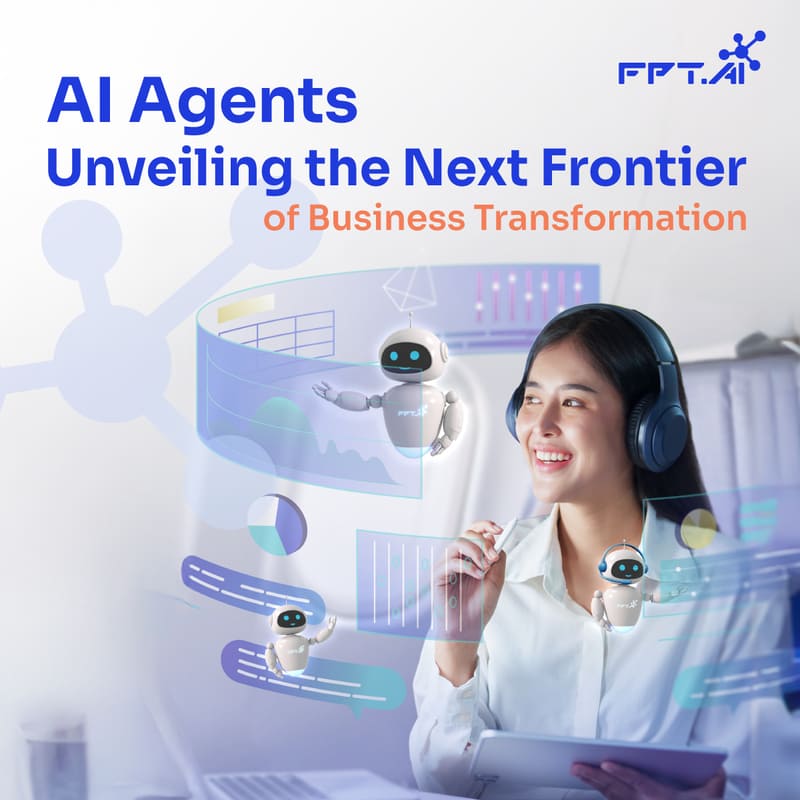
>>> EXPLORE: What Are Intelligent Agents? The Difference Between AI Agents and Intelligent Agents
Core Technologies in Building and Training AI Agents
Building and training an AI Agent involves teaching them to understand and respond to human language, in which data plays a key role. This process involves several concepts from the fields of artificial intelligence, from generative AI (GenAI) to conversational AI, especially machine learning and natural language processing (NLP). Let’s look at each of these concepts.
Machine Learning
Machine learning (ML) is a type of AI that allows systems to automatically learn and improve from experience without being explicitly programmed. When training an AI Agent, machine learning algorithms use historical data (examples of human interactions) to find patterns and make decisions. The more data they process, the more accurately the AI Agent predicts and responds to user requests.
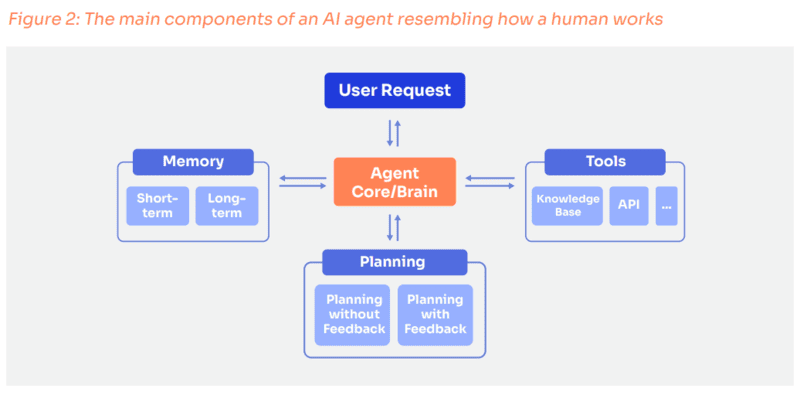
Natural language processing
Natural language processing (NLP) is a branch of AI that deals with helping computers process and understand large amounts of human language data. In the process of training an AI Agent, NLP enables the system to understand, interpret, and produce human language in a natural and meaningful way.
Data labeling
Data labeling is an important step in the process of building and training AI Agents, which involves adding meaningful tags or labels to raw data so that AI Agents can understand the context and intent behind user requests. For example, data labeling can include tagging parts of speech in sentences, identifying the sentiment of text, or categorizing queries into topics.
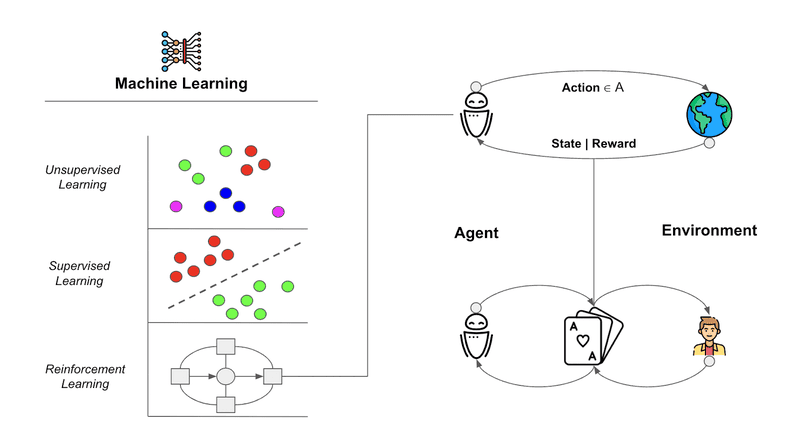
>>> EXPLORE: Generative AI vs Machine Learning: Key Differences
The 6 steps of building and training AI Agents
Step 1: Define the Goals and Scope of your AI Agent
First, you need to clearly define the tasks and functions that the AI Agent will perform. This includes listing the problems you want the AI Agent to solve or the tasks you want it to perform that are aligned with your target needs.
For example, you need a virtual shopping agent to help customers shop online. Possible functions of the agent could be to suggest gift ideas, find the best deals, or assist in product selection based on data about the user’s preferences and purchasing behavior.
Next, define your target audience. Remember, different users have different expectations and ways of interacting with technology. For example, an AI Agent designed for healthcare professionals may need to understand and use medical terminology correctly.
Finally, consider the specific use cases that the AI Agent will be used for to clarify the required features. For example, a customer service chatbot needs to handle requests and complaints while a virtual shopping AI Agent should be able to recommend products, compare prices, and understand user preferences.
Clearly define the tasks and functions that the AI Agent will perform to ensure that the AI agent is suitable for the needs you are targeting.
>>> EXPLORE: Applications of AI Agents in Personalized Marketing
Step 2: Collect and prepare training data
Just like a student learns from a textbook, AI Agents learn from data. High-quality data ensures that the AI can understand and process user inputs accurately. If the data is inaccurate or of poor quality, the AI will learn incorrectly and make mistakes.
To train the AI Agent, you need to collect data that reflects the type of interactions it will have with users. This could include:
- Text transcripts: Collect transcripts of conversations from chat logs or emails that are similar to the expected interactions with the AI.
- Audio Recordings: If the AI is going to respond to voice commands or questions, audio recordings are needed to help it understand different accents, intonations, and speech patterns.
- Interaction Logs: Data from previous interactions with similar systems can provide insights into user behavior and common questions or commands.
Once the data is available, it needs to be cleaned up by removing irrelevant or incorrect data, correcting errors, and ensuring consistency across the entire dataset. For example, correcting typos in text recordings or filtering out background noise in audio recordings.
Finally, assigning labels to describe what each piece of data represents helps AI Agents understand the context and intent of a user’s request. For example, label a piece of text with the user’s intent, such as “book a flight” or “ask about store hours.
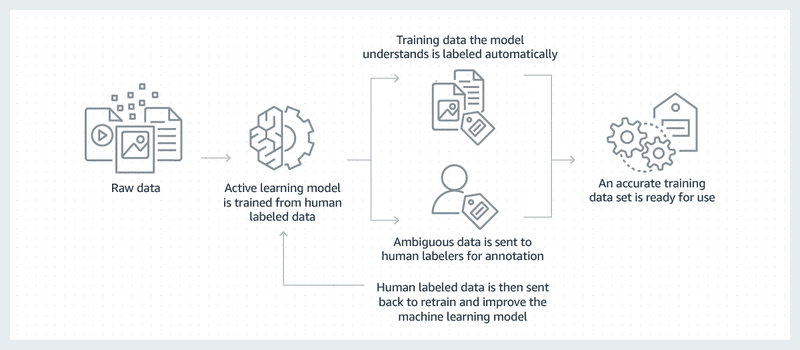
>>> EXPLORE: What is Agentic RAG? Difference between Agentic RAG and RAG
Step 3: Choose the right machine-learning model
Choosing the right machine learning model will determine how well the AI learns from data and performs tasks. There are two types of machine learning models:
- Neural networks: Models that mimic the way the human brain works, ideal for understanding and generating natural language due to their ability to process large amounts of data and recognize patterns.
- Reinforcement learning: Models that learn through trial and error, using feedback from actions to improve accuracy over time. Reinforcement learning is useful for AI agents who need to make decisions or optimize behavior based on user interactions.
So how do you choose the right model?
Consider the functions and tasks of the AI agent: For example, if the agent needs to understand and generate human-like responses, a neural network may be the best choice.
Consider the data you’ve collected: Neural networks require large amounts of data to train effectively, while reinforcement learning can be suitable for situations where the AI can learn from repeated interactions with users.
You also have the option of using pre-trained models. These are models that have been developed and trained by researchers on large datasets. They can be a great starting point because they have learned a lot of general information about human language and interactions.
Here are some examples of pre-trained models:
- GPT (Generative Pre-trained Transformer): This model excels at generating text and can be fine-tuned to perform specific tasks like answering questions or writing content.
- BERT (Bidirectional Encoder Representations from Transformers): Known for its ability to understand the context of a word based on surrounding words, making it useful for tasks that require a deep understanding of language, such as sentiment analysis or language translation.
Notice that: While pre-trained models have broad knowledge, they may not be specialized in the specific tasks your AI Agents need to perform. You will need to fine-tune by continuing to train the pre-trained model on specific datasets.
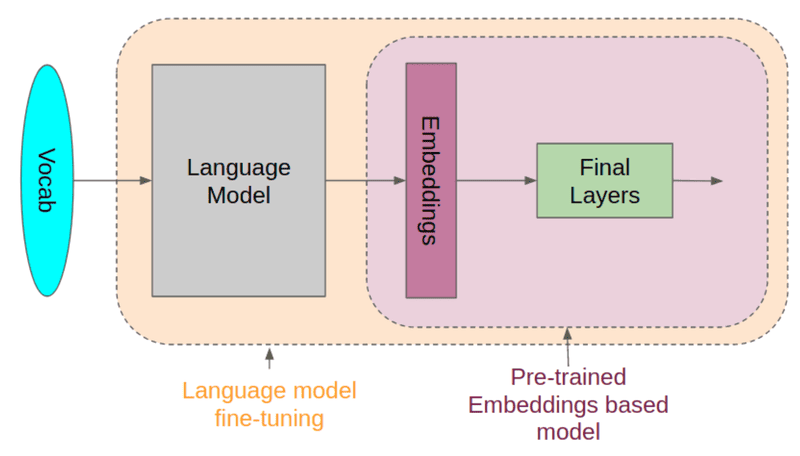
>>> EXPLORE: RPA vs AI Agents: Is RPA Still Relevant in the Age of AI?
Step 4: Train the AI Agent
This is the stage where the machine learning model starts learning from the data you have prepared to perform tasks automatically. Here are the steps to train AI Agents:
- Set up the environment: First, install the libraries and frameworks needed for machine learning.
- Input data: Import the data you need to use for training. The right data is data that has been cleaned and labeled.
- Split data: Split the data into at least two sets: a training set and a testing set. Use the training set to teach the model and the testing set to evaluate how well the model learns.
- Select model: Based on the previous decisions, initialize the machine learning model you want to train.
- Configure training parameters: Set the parameters that guide the training process, including learning rate, batch size, and number of epochs. The learning rate determines how much the model adjusts based on observed errors during data processing. Batch size is the number of data samples the model looks at before updating its internal parameters. The number of epochs represents the number of times the model goes through the entire training dataset, which affects the depth of learning.
- Train the model: Begin the training process. The model will use the training data to learn, adjusting its internal parameters to minimize errors.
- Monitor the training process: Monitor performance metrics such as accuracy or loss throughout the training process. These metrics will indicate how well the model is learning. If the model is not performing as expected, you may need to adjust the training parameters. For example, if the loss is not decreasing, consider reducing the learning rate.
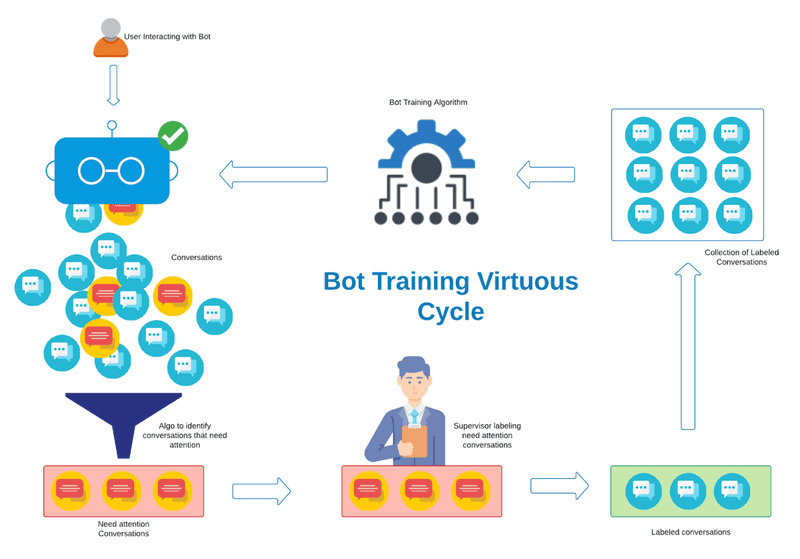
>>> EXPLORE: Are AI Agents the next frontier of NLP Chatbots?
Step 5: Test and validate the AI Agent
Test and validate the system to ensure that the AI Agents work as expected and meet the set goals. This step helps you identify and fix any issues before deploying the full AI agent.
Start by having the AI Agent perform a series of tasks or queries to see how it responds. This is like giving it a mini-test to see if it has learned what it needs to learn.
Measure how accurate and efficient the AI Agent is in performing tasks. Check if the responses are correct, how long it takes to respond, and if the interactions are smooth.
Some testing methods you can choose from include:
- Unit testing: Test individual components or parts of the AI Agent to ensure each part functions correctly independently.
- User testing: Invite real users to test the AI Agent in controlled situations. This helps you see how the agent performs in real-world scenarios and how users interact with it.
- A/B testing: Compare two versions of an AI agent against each other to determine which one performs better. For example, you could test two different response styles or interaction flows to see which one is more effective.
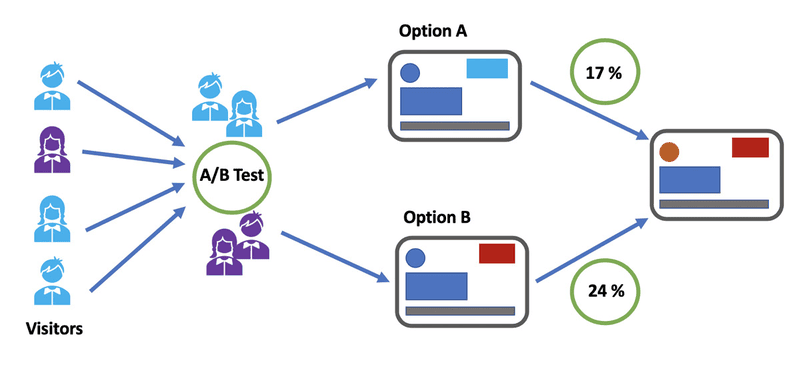
Watch out for overfitting and underperformance. Overfitting occurs when an AI agent performs well on training data but poorly on new, previously unseen data. To address this, you can use techniques like cross-validation, where you alternate the data used for training and testing to ensure the model generalizes well.
If the AI agent isn’t performing as expected, consider going back to the training phase to adjust parameters, add more data, or even retrain the model. Set up mechanisms to collect feedback from users, such as surveys, feedback forms, or in-person interviews. Pay attention to what users like and dislike, as well as what they find confusing. Use this feedback to continually improve the AI agent. This could include adjusting the conversation flow, training the model with more data, or tweaking the user interface.
>>> EXPLORE: Why Gen AI Agents are the future prospect of Generative AI?
Step 6: Deploy and monitor the AI agent
Finally, it’s time to deploy your AI Agent in a real environment and see how it interacts with real users.
- Decide where to deploy: Identify the platform where you want to deploy your AI Agent, such as a website, a mobile app, or a voice-activated platform.
- Integrate the AI Agent: Integrate the AI Agent into the chosen platform. This could include embedding code into a website, configuring the agent in a mobile app, or setting up the agent with the voice platform’s APIs.
- Launch the AI Agent: After integration, launch the AI Agent to start interacting with users. Make sure all the supporting systems are in place to ensure a smooth launch.
- Monitor performance: Regularly check the performance of the AI Agent. Does it understand user queries correctly? How does it handle complex conversations? You can use tools that provide real-time insights into the performance of your AI Agents, such as response times, success rates, and user satisfaction.
- Collect user feedback: Collect feedback directly from users through the platform. This can be in the form of ratings, comments, or survey links directly after interactions with your AI Agents.
- Set up error logging: Set up error logging systems to detect when problems occur. Get notified if there is a spike in errors or a drop in performance, allowing you to take timely action.
By deploying your AI Agents carefully and setting up monitoring systems, you can ensure that they not only start strong but also adapt and improve over time, continuing to meet the needs and expectations of your users.
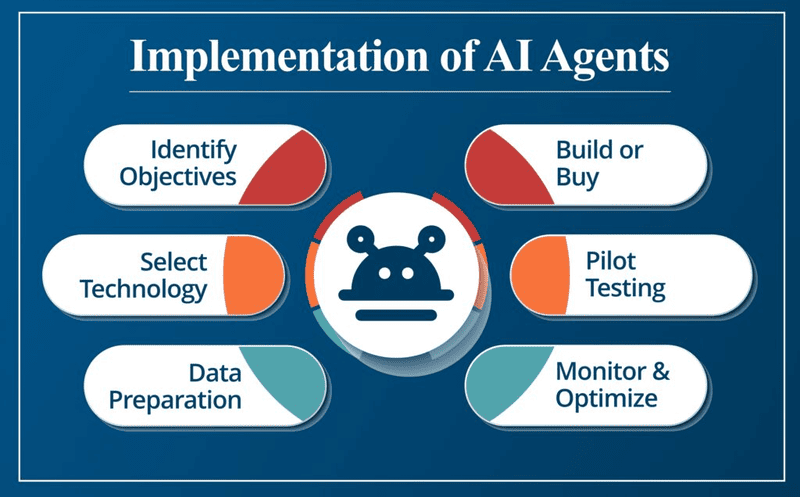
>>> EXPLORE: What is an LLM Agent? How it works, advantages, and disadvantages
A platform for creating AI Agents simply, conveniently, and quickly for businesses
FPT AI Agents is a platform that helps businesses build, create, and operate AI Agents in the simplest, most efficient, and convenient way. The main advantages of FPT AI Agents include:
- Easy to operate and use natural language.
- Flexible integration with business knowledge sources.
- AI models are optimized for each task and language.
Currently, FPT AI Agents support 4 languages: English, Vietnamese, Japanese, and Indonesian. In particular, AI Agents have the ability to self-learn and improve over time.
AI Agents on FPT AI Agents are all operated on FPT AI Factory – a comprehensive ecosystem established with the mission of empowering all organizations and individuals to build their own AI solutions. FPT AI Factory consists of three layers:
- FPT AI Infrastructure: Built on advanced technologies, including NVIDIA H100 and H200, following NVIDIA’s AI architecture blueprints. The system is designed with NVIDIA system architects and is certified by NVIDIA.
- FPT AI Cloud Platform: Supports developers and researchers to explore, build, and operate AI models seamlessly. The platform enables data preparation, model training, fine-tuning, and model lifecycle management.
- FPT AI Agents Platform: Supports not only developers but also business users to create their own AI teammates for different tasks and purposes. In just a few minutes or hours, anyone can create their future AI teammates.
These factories are fully compatible with the NVIDIA AI Enterprise platform and architectural blueprints, ensuring seamless integration and operation. With FPT AI Factory, customers can innovate with AI, build sovereign AI solutions, and keep data and systems on-premises to ensure security and regulatory compliance.
In conclusion, building and training AI Agents may seem complicated, but with FPT AI Agents, you are at the forefront of technological innovation. Hopefully, this article has helped you understand how to train AI Agents to improve productivity and turn data into actionable strategies for growth.
Welcome the future today with AI Agents with FPT.AI, and lay the foundation for a more intelligent and connected business environment.
>>> EXPLORE:








